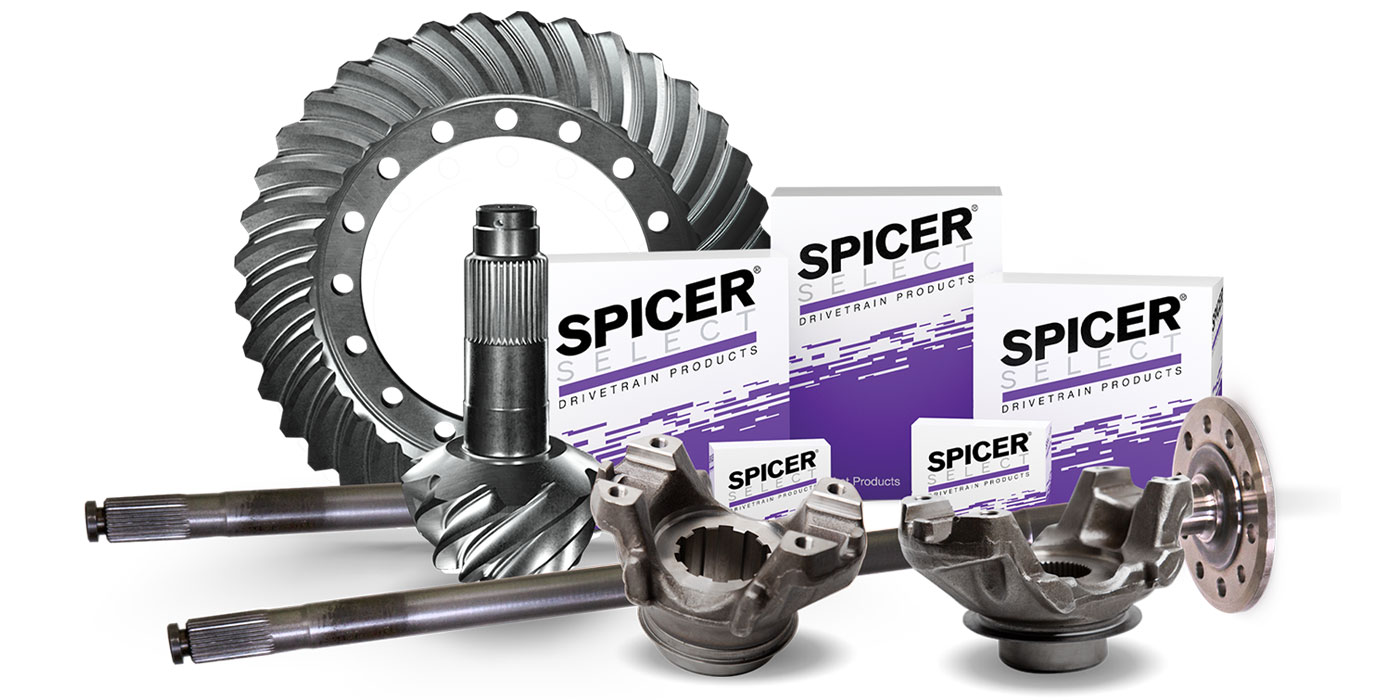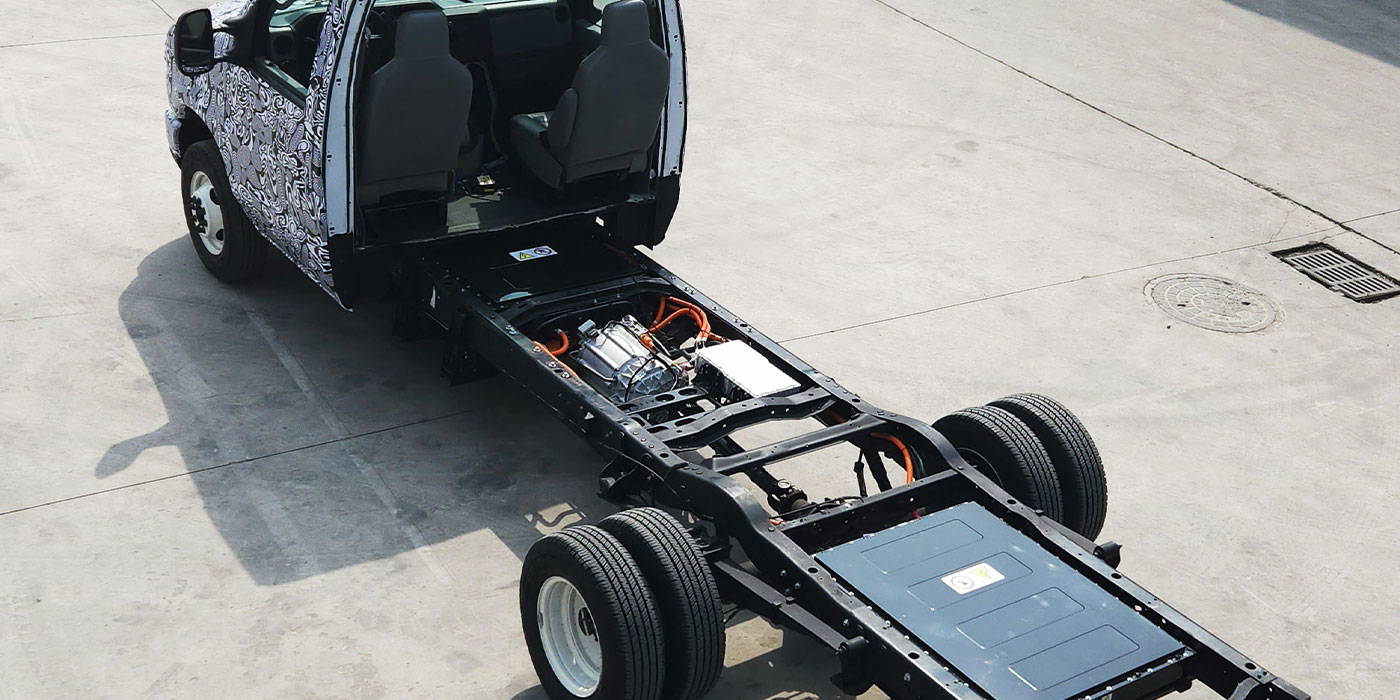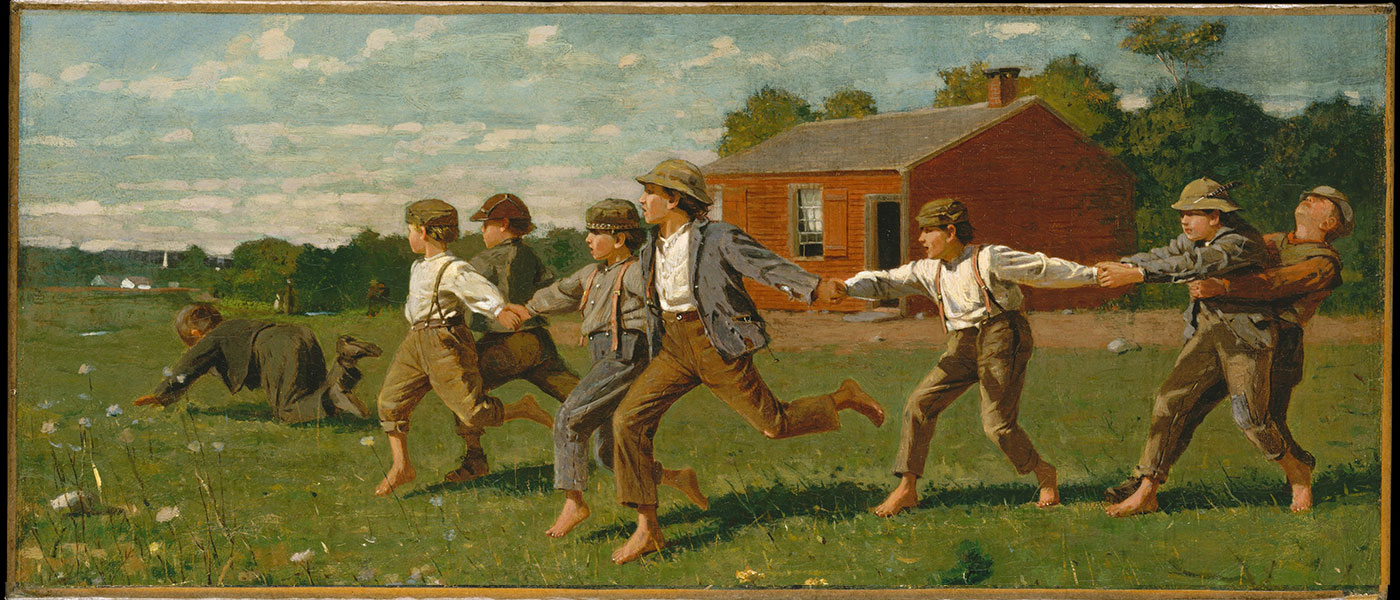Automated manual transmissions continue to evolve and gain greater acceptance
Transmission technology is a slippery slope. Within a generation, truckers have gone from wrestling with wholly unsynchronized “twin-sticks” to jostling fully automated joysticks. We can probably assume that some brain-computer interface –– call it neural shifting –– is just around the proverbial corner.
As with most technological advances, automated-manual transmissions (officially dubbed AMTs, but often mistakenly referred to as automatics) met a certain amount of resistance when they were introduced in the late 1990s. Back then, seasoned professionals wanted to do their own shifting, and they didn’t need some new-fangled, high-tech gadget controlling their carefully chosen gear ratios –– nor lowering the bar for less talented newbies entering the industry.
The initial opposition gradually subsided, however, largely because many fleet managers quickly saw the advantages of AMTs and started ordering them en masse after some of the early technical issues were resolved. This forced a lot of veteran drivers to use automated boxes whether they wanted to or not. Most of these folks soon realized that they really didn’t miss gear jamming or double clutching all that much. Plus, the lack of shifting enabled them to devote more of their attention to actually driving (or, perhaps, to the many communications and entertainment systems occupying their cabs).
Eaton was early to market in this round of transmission automation, starting with its 10-speed “Top 2” in the mid-’90s. Since then, the company has repeatedly refined its tranny offerings. The company’s latest heavy-duty product, the UltraShift, was unveiled in 2003. (Another version of it is expected out later this year.) UltraShift, the company’s first two-pedal design, was originally intended to replace Eaton’s AutoShift (introduced in 1998), but now sells alongside it. The two systems use roughly the same shifting software, but the newer one doesn’t include clutch linkage that extended into truck cabs. Drivers can operate as though they have a real automatic (i.e. hydraulic pumps, torque converter, gear packs, etc.) under the floorboards.
The benefits of a two-pedal design are obvious. Drivers no longer need to know how to launch a fully loaded tractor-trailer. They simply depress the accelerator until a centrifugal clutch engages, connecting engine power to drive wheels. The reverse of this process occurs moments before the truck comes to a complete stop. This has the potential to greatly reduce the sort of driveline damage for which greenhorns are famous.
During the past year, I’ve driven three trucks fitted with UltraShift transmissions: a Kenworth T660 in Washington state, a Freightliner Century Class in California and a Freightliner Cascadia in Oregon. All of these excursions have proven the technology to be reliable, efficient and, of course, user friendly. One of my driving hosts on these trips was Mike Siebert, director of maintenance for Apex Bulk Commodities, headquartered in Adelanto, Calif.
Siebert is a big proponent of Eaton’s automated boxes. He bought his first AutoShift units –– a batch of 24 –– in 1999. He’s since spec’d almost every new truck with the same component. Apex, a fleet of roughly 300 trucks, is now running about 160 AutoShift transmissions and one UltraShift. Siebert says he’d have many more of the latter, but his operation requires a PTO output on the gearbox, and that’s not technically possible just yet because the UltraShift’s inertia brake, used for controlling engine speed during shifts, is in the way.
This limitation, though, hasn’t quelled Siebert’s enthusiasm for drivetrain automation: “I’ve never owned a car with a manual transmission,” he says, “and I can’t see any reason to spec our trucks with that technology, especially if something better is available.”
During my visit to Apex a few months ago, Siebert and I ran a short loop with the company’s sole UltraShift-geared Century Class tractor, hitched to a pair of pneumatic dry-bulk trailers (or “blow tanks” in the colorful language of the trade). I was at the wheel, focusing my attention on the quality of geartrain starts and stops. (I already knew the shifting en route would be smooth, based on previous experiences.) Eaton’s hardware lived up to its promise. Clutch engagement began at about 700 RPM, and it was locked in just north of 800. Our brief lap of Southern California’s high desert included multiple traffic stops, and in each instance, the truck’s start was silky smooth and effortless (at least on my part).
Siebert likes nearly everything about Eaton’s technology, but there are a couple of changes he’d like to see in the future. First, he would prefer a “West Coast” downhill mode baked into the transmission computer’s algorithm.
“We run a lot of hills,” he says, “and our [Mercedes] engines achieve maximum braking force at 2,500 RPM. Unfortunately, the transmission, in its automated setting, will try to shift up as soon as the engine has enough speed to do so. We tell all of our drivers to switch to the manual mode when descending steep grades. That lets them spool up to 2,300 RPM before the transmission reverts to the automated side and looks for a higher gear to grab.”
The other change Siebert is seeking involves tailor-made progressive shifting patterns.
“Our best driver right now is averaging more than 8 MPH on a daily basis,” he says. “I’d like to be able to program his shifting habits into every automated transmission we own.” (The company has already made an instructional video of the guy’s techniques.)
That might be a future project for a team of engineers. Gerard DeVito, director of engineering for Eaton’s transmission business, says the UltraShift product line has more than 60 custom calibrations, but mimicking the skill set of a particular driver isn’t yet among them.
Still, DeVito contends, good fuel economy is available with the UltraShift. “Our shifting is closely matched with each engine’s fuel map,” he says. “This maximizes performance and efficiency. An improvement of two- to three-tenths of a mile per gallon is fairly common, compared with similar conditions and a manual transmission.”
Demand for automated transmissions continues to grow. More than 10 percent of new trucks are now reportedly spec’d with them. As fuel prices continue to escalate, and driver comfort becomes increasingly important, fleet buyers and owner operators alike will probably look to this technology for whatever amount of economic and fatigue relief it can provide.




